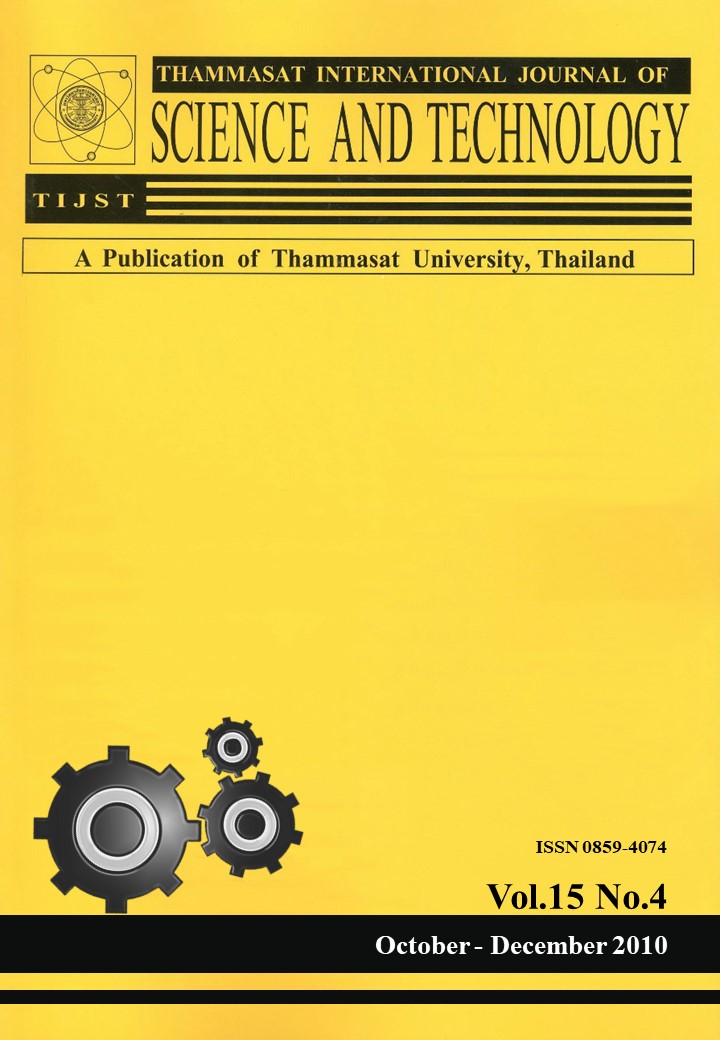Demand Side Management and CO2 Mitigation in Selected GMS Countries: The Household Sector
Main Article Content
Abstract
The rising of electricity demand in the selected Greater Mekong Sub-region (GMS) is an indicator for evaluation of improving social welfare and economic development. In recent years, the electricity demand in the region has increased significantly with an annual growth rate of 10%. The major electricity demand in the region is varying, based on the country perspective. In 2007, the household sector is the major electricity consumer in this region. It accounted for 50%, 60%, 21%, and 42% in Cambodia, Laos, Thailand, and Vietnam, respectively. To meet the forecasted electricity demand in the region, power expansion plans on the supply side would be developed. Otherwise, increasing the future supply capacity would emit more greenhouses gas (GHG) emissions that harm the global environment. In this context, to curb the high growth in electricity demand as well as to mitigate CO2 emissions from the power sector in the selected GMS countries, the demand side management (DSM) options are applied to the end users. The Long-range Energy Alternative Planning system (LEAP) model is used to determine CO2 emissions. Results reveal that implementing energy efficiency improvement in the DSM scenario for three types of appliances: lighting, airconditioning, and refrigerating devices in the household sector could reduce installed capacity by 3000 MW and mitigate CO2 emissions by about 14 million tons, compared to the business as usual (BAU) scenario in the selected GMS countries in 2030.


